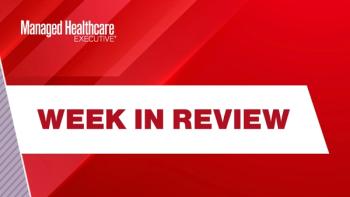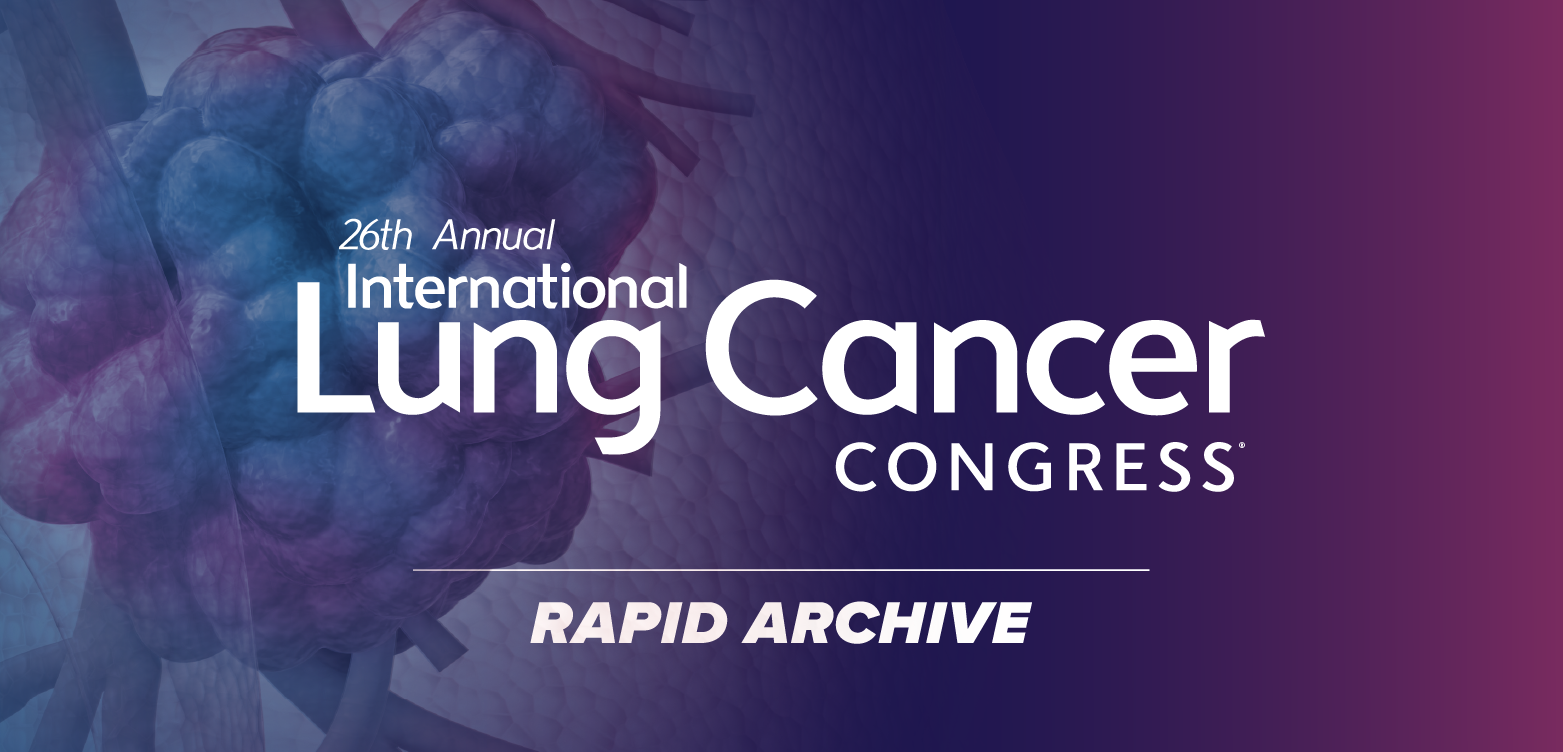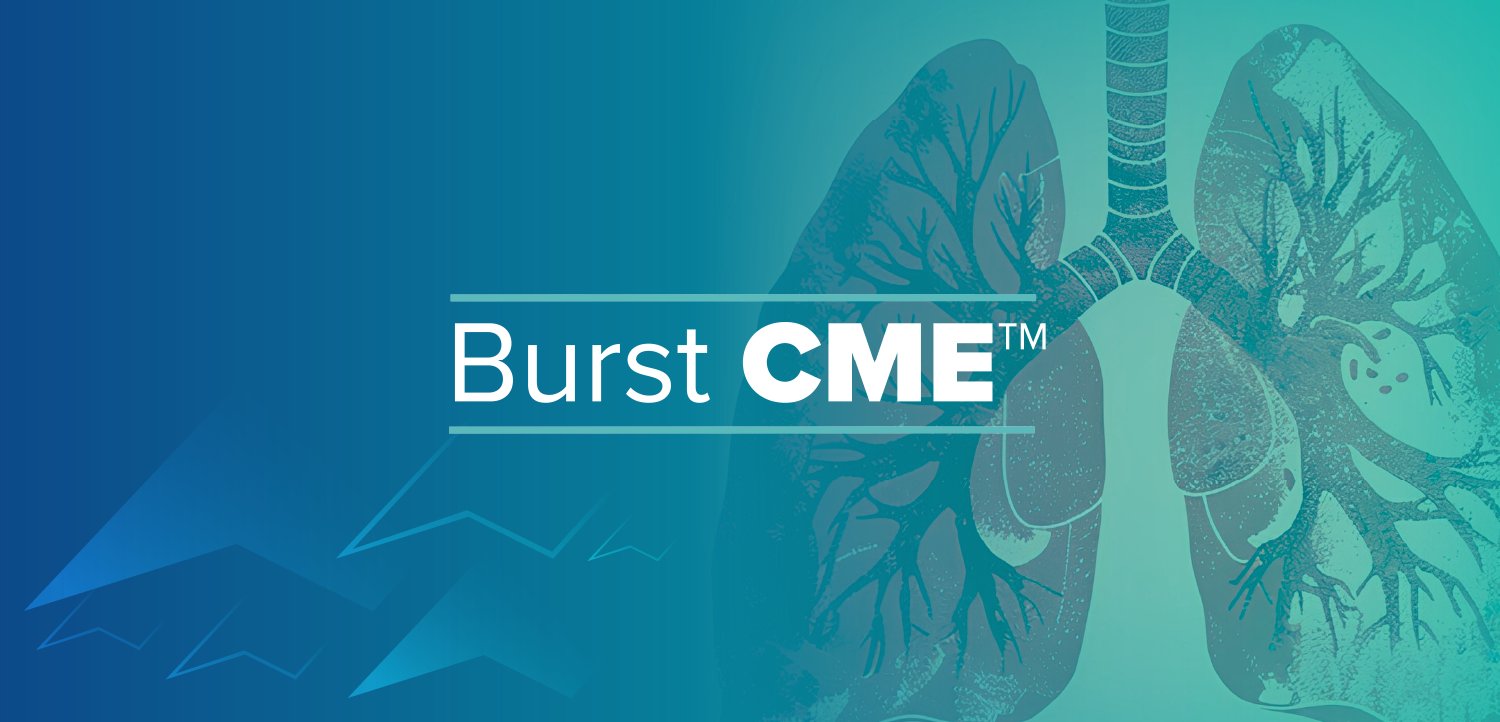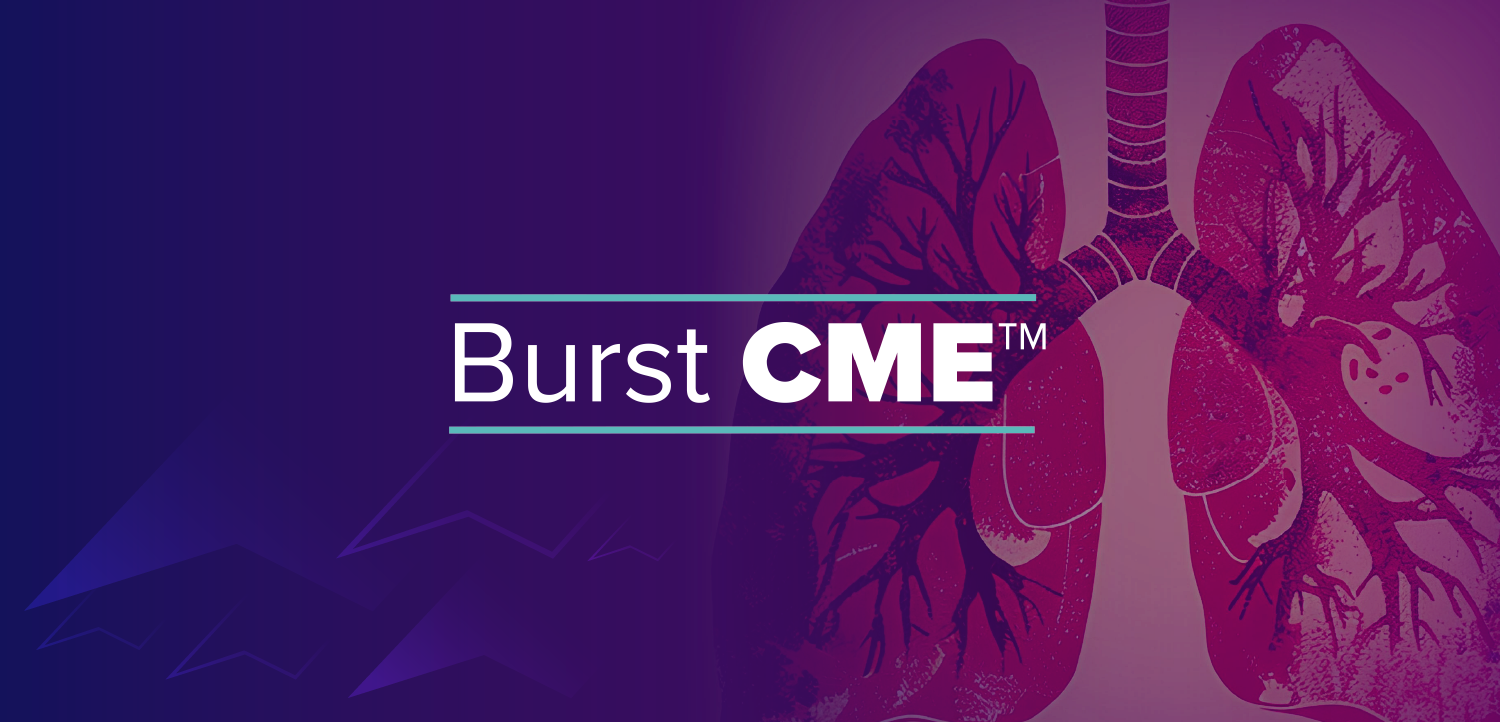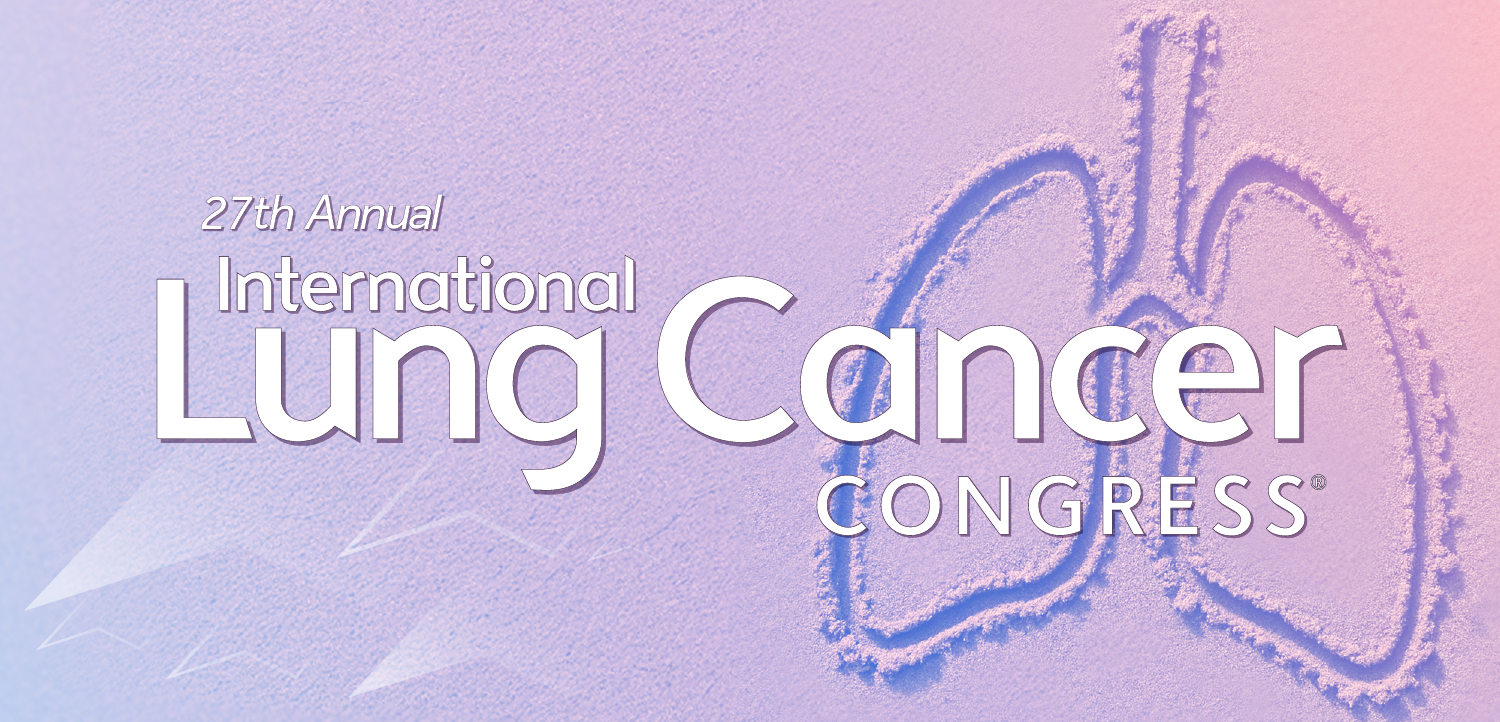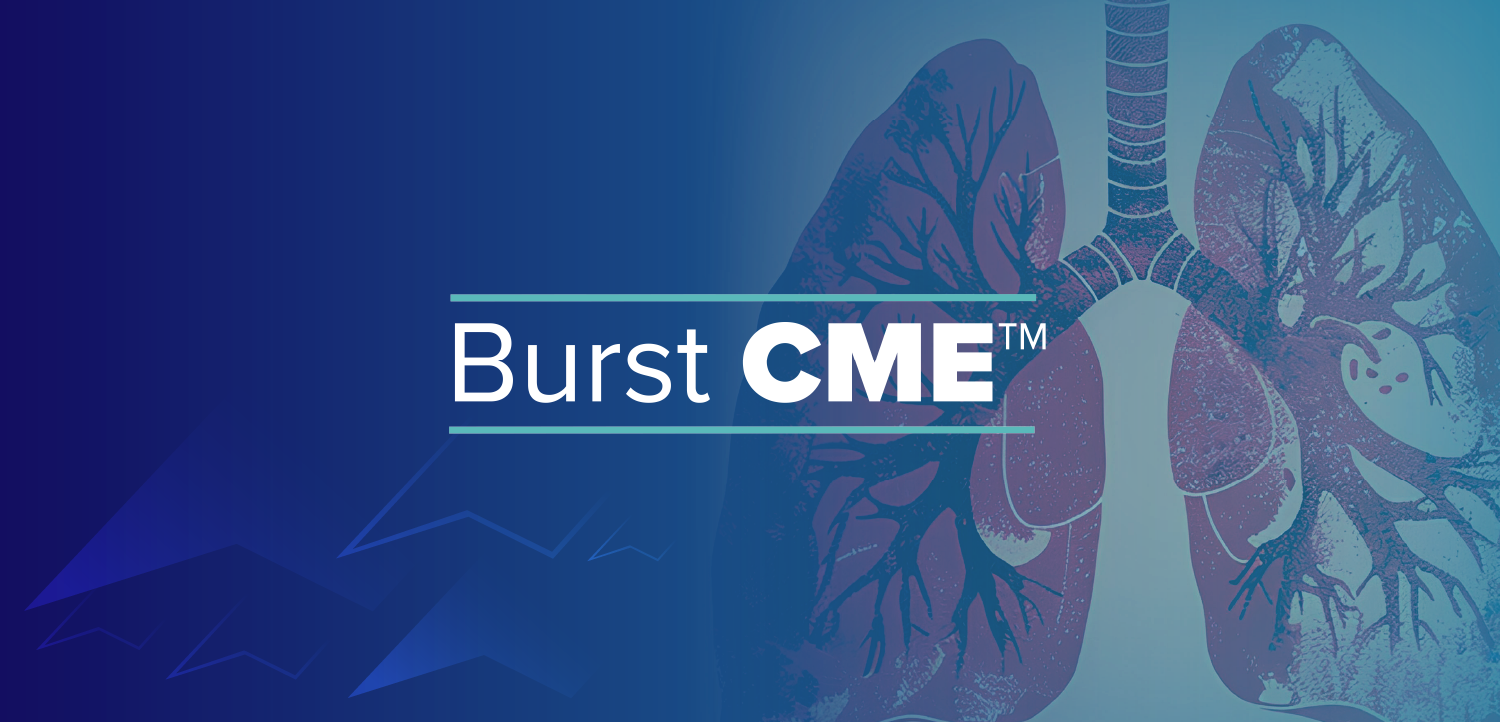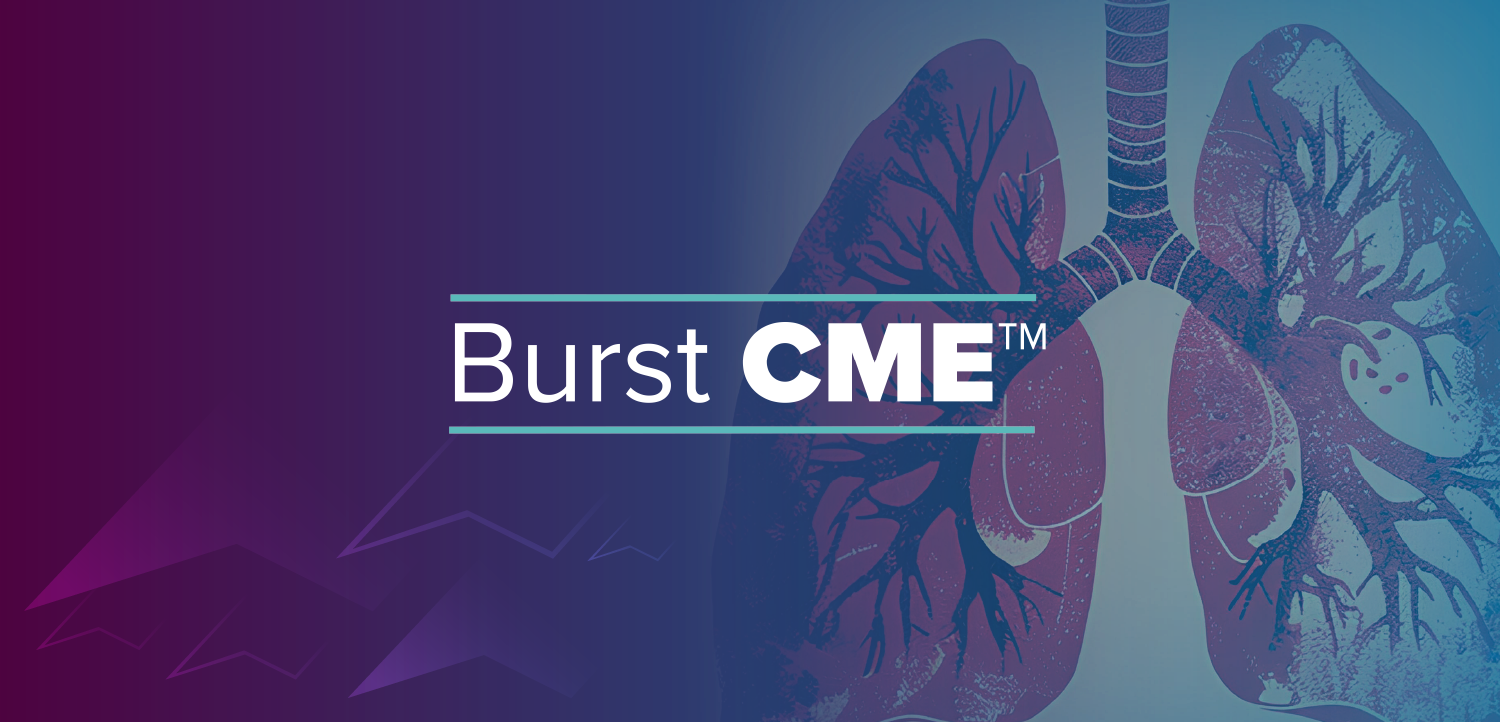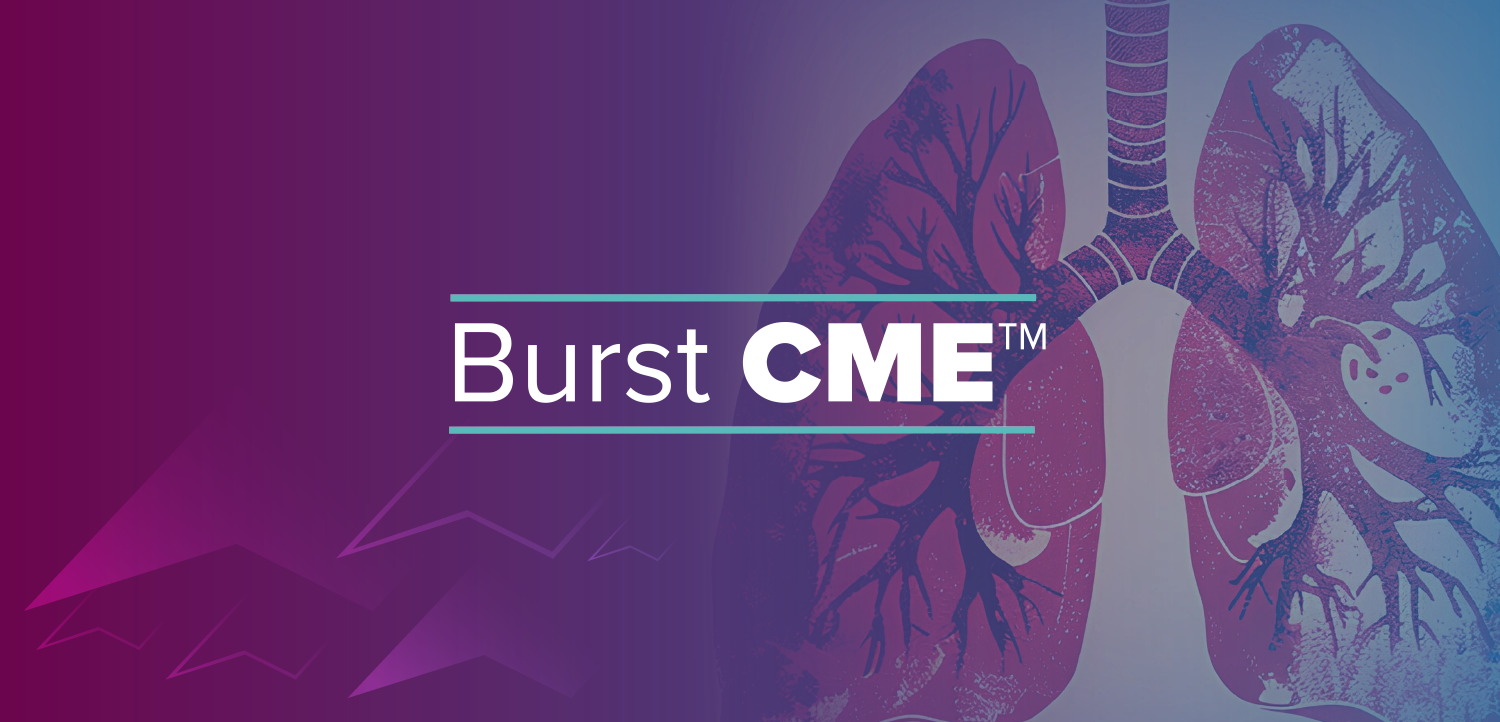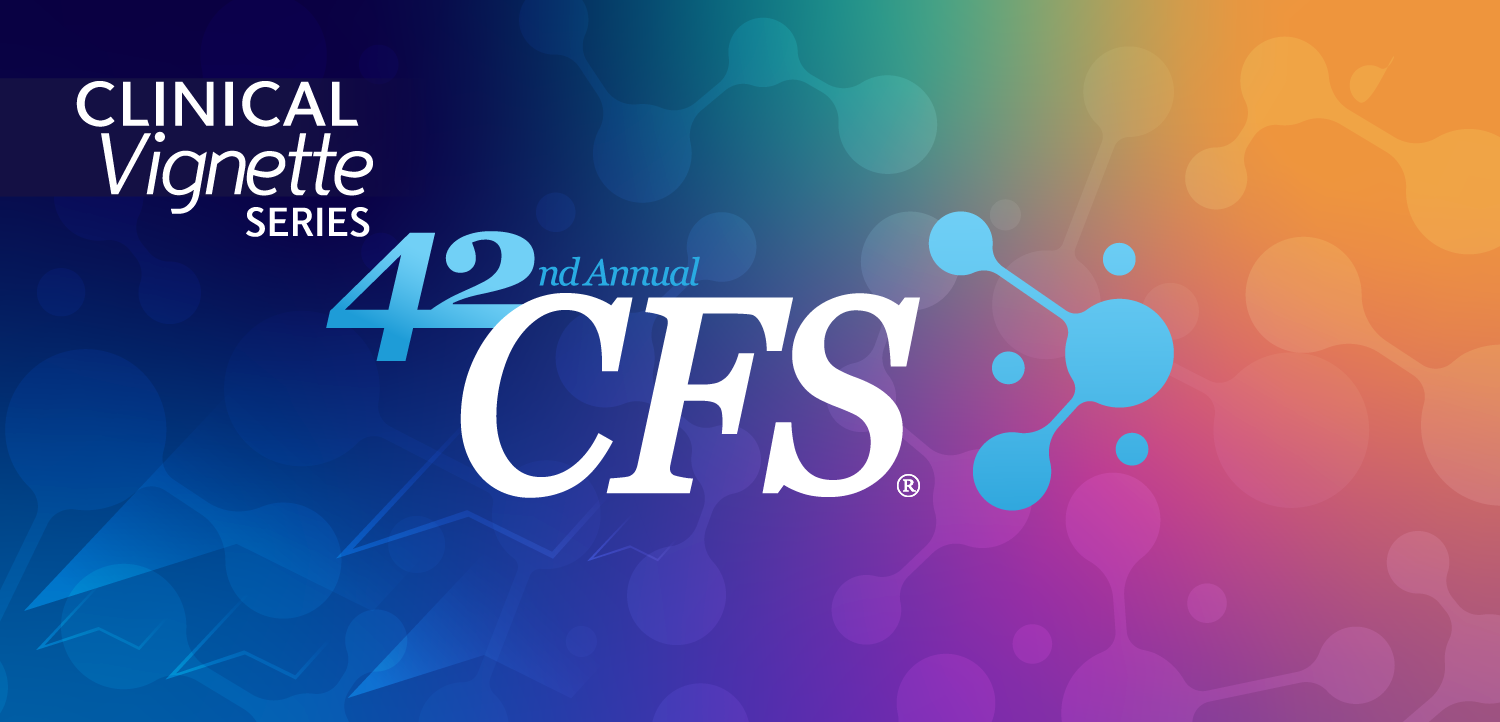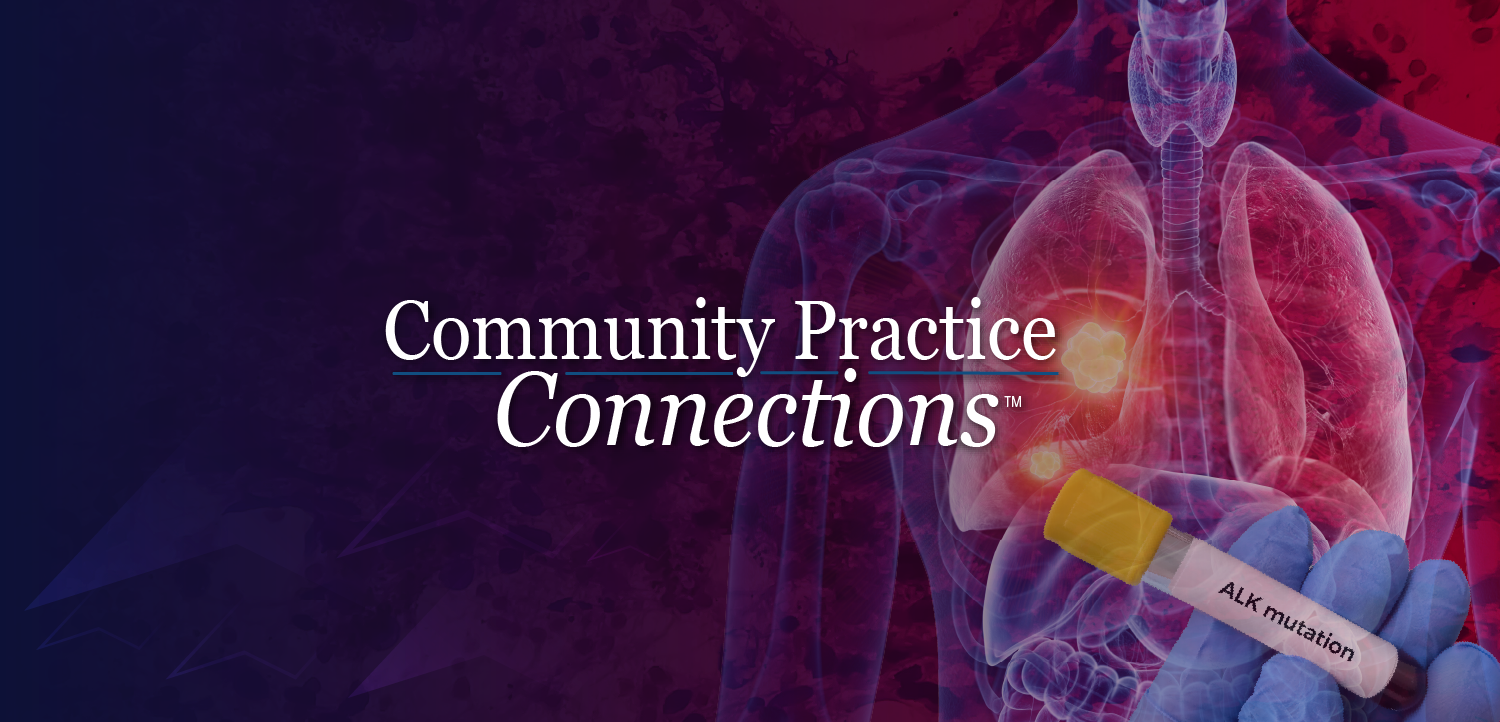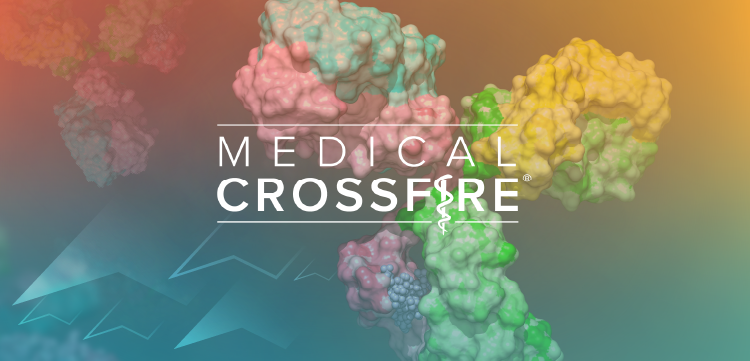
Survey Shows Nearly All Healthcare Execs See Patient Leakage as a Priority
COVID-19 has accelerated the need to attract and retain patients, yet 38% of health system leaders aren't confident about their visibility into leakage.
Ninety-six percent of healthcare executives say patient leakage is a priority this year, but only 31% of leaders who have a plan to keep patients within their health system networks believe they have the right tools to accomplish their goals, according to survey results shared b Central Logic, the industry innovator in enterprise visibility and tools to accelerate access to care.
Central Logic commissioned an independent market research firm to conduct the survey,
"The Patient Keepage & Leakage Report, based on the results of our survey, highlights a crisis of confidence among healthcare executives that started even before COVID-19,” said Angie Franks, CEO of Central Logic, in the release. “The pandemic has exacerbated this crisis, but attracting, retaining and repatriating patients back into health system networks is now an incredibly important financial priority for health system leaders, given the massive financial losses they have suffered.”
According to the release, attracting patients to health systems’ Centers of Excellence for acute conditions such as strokes or heart attacks, and for routine specialty care such as orthopedics, is highly important. Health systems make significant investments in these specialty centers to ensure the highest quality care. Rebuilding and even growing patient volume within Centers of Excellence needs to be a top priority, given the impact the pandemic has had on utilization. For example, during the peak of the pandemic, utilization of cardiology services dropped by
“We commissioned this survey to highlight the critical issue of patient leakage facing health systems,” Franks said. “These results also reinforce the fact that efficiently orchestrating, navigating and elevating the flow of patients through the entire care continuum is becoming even more critical in order to prevent patient leakage, and repatriating patients back into the health system network is more important than ever if they do seek outside care.”
Eighty percent of survey respondents were C-level executives, and two-thirds represented hospital networks with 251 or more beds—of those, more than 20% represented networks of 1,500 beds or more, the release said.
Challenges of Value-based Care
Survey results also offer insight into the issue health systems are facing with evolving and challenging demands due to the pandemic and to the emerging value-based care landscape.
For example, when patients receive care from a competitor’s health system, the original health system may suffer two negative financial impacts. According to the release, one impact is a loss of revenue because it won't receive payment for services delivered by a competitor. The other impact is tied to value-based care payment models, such as the Medicare Shared Savings Program (MSSP).
In some versions of the MSSP, affiliated groups of providers as part of accountable care organizations (ACOs) assume all care costs for an attributed population of Medicare beneficiaries, even if that beneficiary receives care from an unaffiliated provider. That's why it's in the ACO’s best interest to ensure that beneficiary receives care from a provider in its network.
In the report, 80% of executives said value-based care models have made addressing patient leakage more important, but more than 38% either were unconfident or didn’t know if their organization had visibility into leakage.
Other highlights of the Patient Leakage & Keepage Report include:
- 75% said patient leakage is a significant obstacle to their financial goals.
- Only 31% of the healthcare systems who definitely have a strategy to reduce patient leakage said they have the right tools to get it done.
- Organizations that don’t use technology to quantify patient leakage were less likely to know which service lines were most affected by loss of patients.
Lack of Processes and Tools are a Stumbling Block
Increasing referrals from community hospitals, however, will continue to challenge some health systems because they lack the processes and tools to efficiently measure and manage patient care orchestration throughout the network. For example, more than 20% of healthcare executives do not know which service lines are most impacted by patient leakage and 27% of health systems do not have adequate technology in place to reduce patient leakage, according to the survey. Meanwhile, organizations that do not use technology to quantify patient leakage are 23% less likely to know which service lines are most affected by the loss of patients.
While the numbers highlighted in The Patient Leakage & Keepage Report may be concerning to health system leaders, there are also glimmers of hope, Franks said.
“The silver lining in our report is that the health systems that were focused on reducing patient leakage before the pandemic likely had an advantage in preventing patients from leaving their network or will have an easier time repatriating them back to their Centers of Excellence,” Franks said. “With knowledgeable, experienced support from advisors and proven technology, results can be achieved even faster. Our clients see ROI in three months on average, for example. Improvement, however, all starts with recognizing the importance of patient care access and orchestration, measuring performance and then implementing best practices and technology so that the health system can attract, retain and repatriate more patients back into the network and ensure better outcomes.”
Newsletter
Get the latest industry news, event updates, and more from Managed healthcare Executive.



